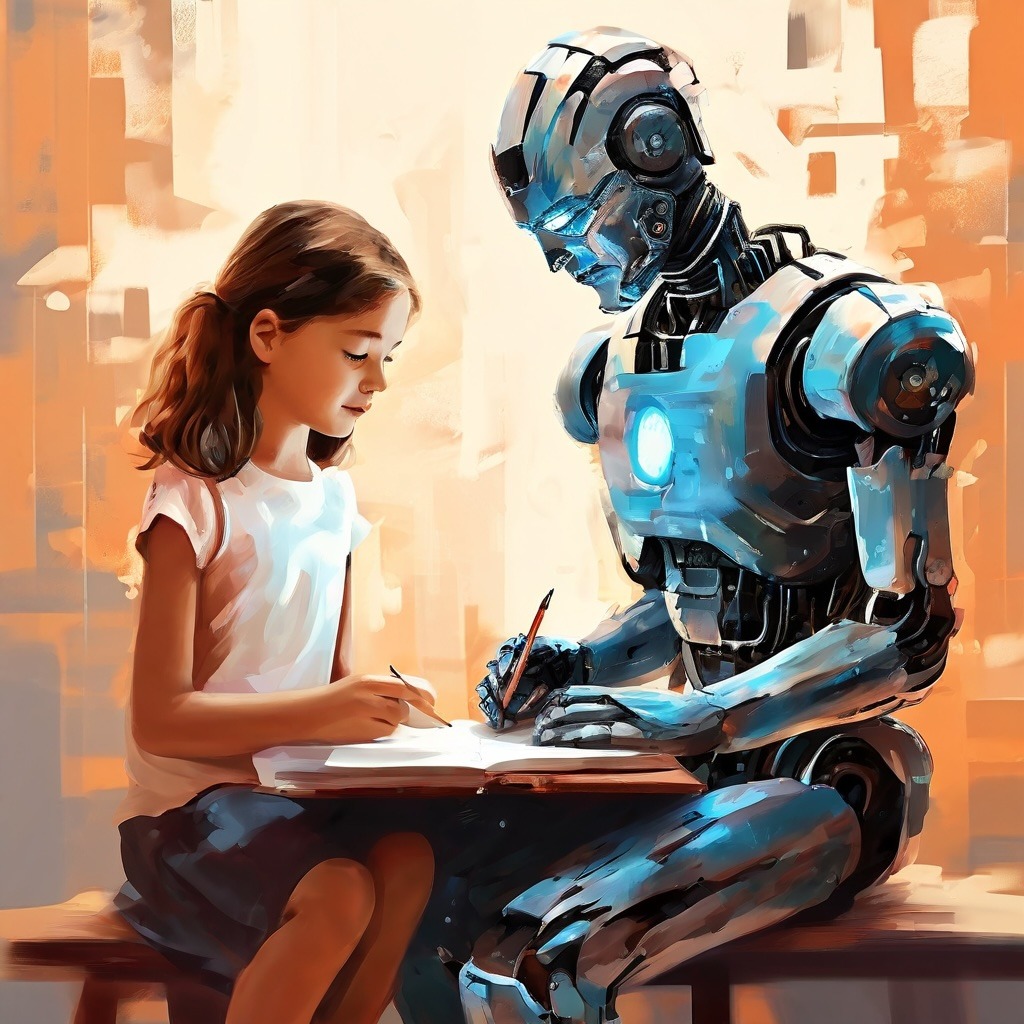Section 1: Introduction
Writing has been an integral part of human communication since the beginning of civilization. From ancient cave paintings to modern-day novels, the written word has evolved to become a powerful tool for expressing ideas, emotions, and knowledge. However, with the rapid advancement of technology, writing has also undergone a significant transformation. The emergence of Artificial Intelligence (AI) has opened up new possibilities for the written word, revolutionizing the way we write and consume content. In this article, we will explore the potential of AI in writing and how it is shaping the future of this timeless art form.
Section 2: The Rise of AI in Writing
Artificial Intelligence, or AI, refers to the ability of machines to perform tasks that typically require human intelligence. In recent years, AI has made significant strides in various fields, including writing. With the help of Natural Language Processing (NLP) and Machine Learning (ML) algorithms, AI can now generate text that is indistinguishable from human-written content. This has led to the rise of AI-powered writing tools that can assist writers in various aspects of the writing process, from generating ideas to proofreading and editing.
One of the most notable AI writing tools is GPT-3 (Generative Pre-trained Transformer 3), developed by OpenAI. This language model has the ability to generate human-like text by analyzing large amounts of data. It has been trained on a diverse range of sources, including books, articles, and websites, making it capable of writing on a wide range of topics. GPT-3 has already been used to generate news articles, essays, and even fiction, with some claiming that it can write convincingly enough to pass the Turing test.
Section 3: The Benefits of AI in Writing
The integration of AI in writing has numerous benefits, both for writers and readers. Firstly, AI-powered writing tools can save writers a significant amount of time and effort. These tools can generate ideas, suggest sentence structures, and even proofread and edit content, allowing writers to focus on the creative aspects of writing. This not only increases productivity but also reduces the chances of human error, resulting in higher quality content.
Moreover, AI can also help writers to reach a wider audience. With the help of NLP algorithms, AI can analyze and understand the preferences of readers, allowing writers to tailor their content accordingly. This can lead to more engaging and personalized content, which can attract a larger readership. Additionally, AI can also translate content into multiple languages, making it accessible to a global audience.
From a reader’s perspective, AI-powered writing can also enhance the reading experience. With the ability to generate content quickly and accurately, AI can provide readers with a constant stream of fresh and relevant content. This can be especially beneficial in the news industry, where AI can generate news articles in real-time, keeping readers up-to-date with the latest developments. Moreover, AI can also improve the quality of content by detecting and correcting grammatical errors, resulting in a more enjoyable reading experience.
Section 4: The Limitations of AI in Writing
While the potential of AI in writing is undeniable, it is essential to acknowledge its limitations. One of the main concerns is the lack of creativity and originality in AI-generated content. Despite being able to generate human-like text, AI lacks the ability to think critically and come up with original ideas. This can lead to a homogenization of content, with AI-generated articles sounding similar and lacking a unique voice.
Another limitation of AI is its reliance on data. As AI learns from existing data, it can perpetuate biases and stereotypes present in the data. This can be problematic, especially in sensitive topics such as politics and social issues, where AI-generated content may perpetuate false information and harmful narratives.
Section 5: The Future of AI in Writing
Despite its limitations, the potential of AI in writing is vast, and its future looks promising. As AI technology continues to advance, we can expect to see more sophisticated writing tools that can overcome the current limitations. For instance, researchers are working on developing AI systems that can generate content based on a specific writing style or voice, making it more difficult to distinguish between human-written and AI-generated content.
Moreover, the integration of AI in writing goes beyond just generating content. Some experts believe that AI can also assist in the creative process by generating ideas and storylines, allowing writers to focus on the execution. This can lead to more innovative and imaginative content, pushing the boundaries of what is possible in writing.
Conclusion:
In conclusion, AI technology has unleashed the potential of writing, making it more efficient, accessible, and personalized. With the help of AI-powered writing tools, writers can produce high-quality content in less time, while readers can enjoy a more engaging and diverse reading experience. However, it is essential to use AI responsibly and address its limitations to ensure that the written word continues to inspire and captivate audiences for generations to come. As we continue to explore the possibilities of AI in writing, one thing is certain: the future of writing is bound to be an exciting and transformative one.





